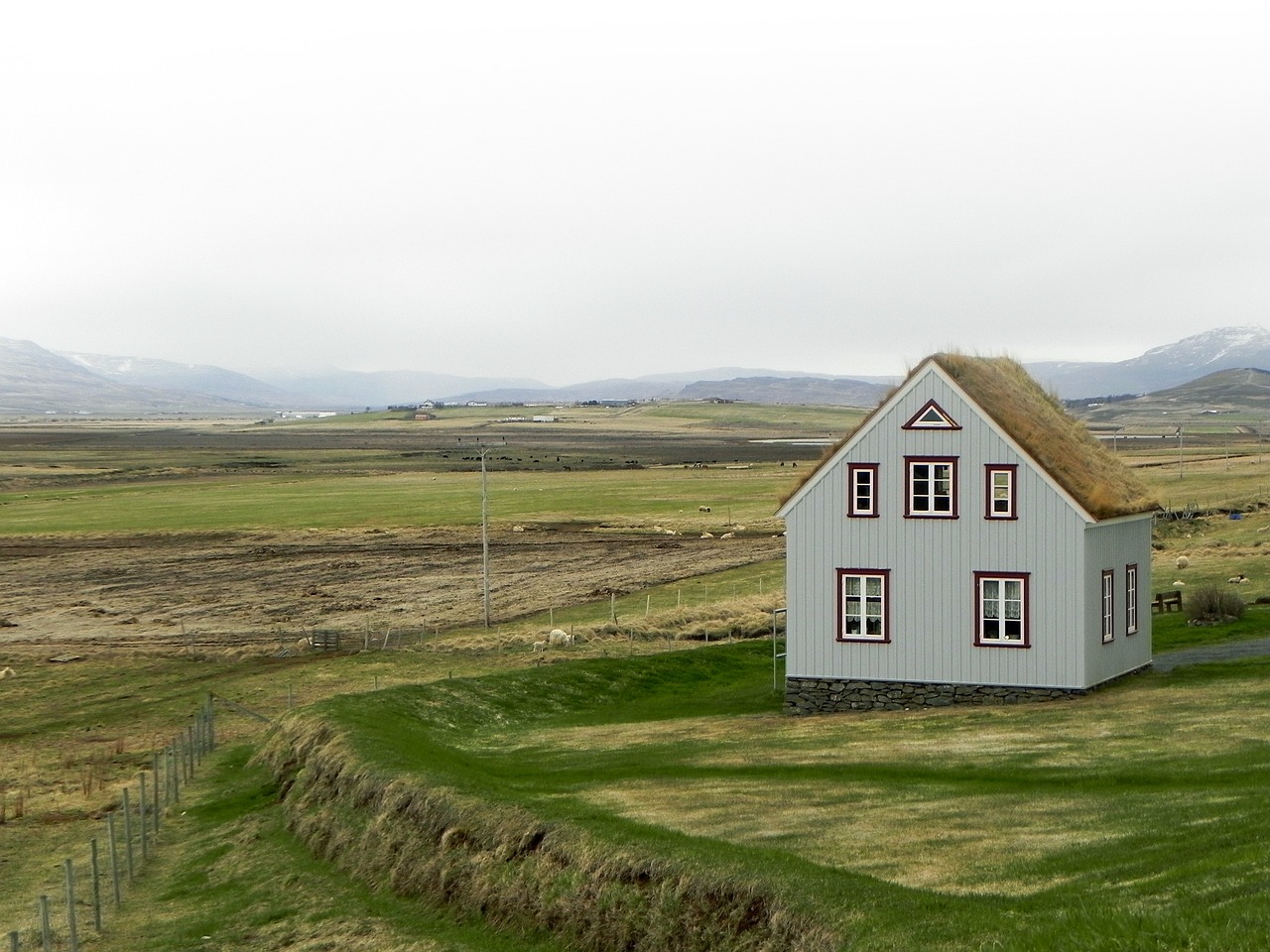Designing a modern home goes beyond the visual. It’s about how each part of the home contributes to comfort, sustainability, and lifestyle. People are choosing smarter systems and greener materials that support energy efficiency and low-impact living. There’s a noticeable shift from traditional options to solutions that embrace innovation without ignoring environmental responsibility. Whether you’re upgrading an existing property or starting fresh, small choices in design and functionality have lasting impacts. As more homeowners seek practical yet eco-conscious upgrades, demand for clean technology and efficient systems continues to rise. Each decision—from insulation to heating—shapes how your home functions for years to come. Keep reading to discover areas where your home can align with your values.
Designing for Performance and Low Energy Use
Homes that are energy-smart don’t happen by accident—they’re the result of well-planned systems. Installing well-rated insulation, using air-source heat pumps, and implementing zoned heating systems can reduce wasted energy while improving overall comfort. Efficient layouts and proper window placement further support temperature regulation. These upgrades help avoid the need for constant heating or cooling adjustments. The result is a property that works for you rather than against the climate outside.
The Impact of Water-Saving Features
Water conservation isn’t just about cutting usage—it’s about using resources with intention. Modern plumbing systems offer a range of options, from sensor taps to greywater recycling. Low-flow showerheads and dual-flush toilets are simple features that lower household water demand without noticeable lifestyle changes. These options are easy to implement during renovations and pay off through reduced utility costs. Eco-conscious living often starts with thoughtful water use.
Air Quality and Ventilation in Everyday Living
Indoor air quality has become a major point of interest for families and homeowners. Poor airflow and trapped pollutants can negatively affect comfort and health. Mechanical ventilation with heat recovery (MVHR) units helps ensure fresh air circulation while retaining internal warmth. Using natural materials with fewer chemicals, like lime plasters or untreated wood, can further reduce toxins in the air. A well-ventilated space not only feels better, it’s healthier in the long term.
Building Materials That Support the Planet
More people are looking into where their home materials come from and what impact they leave behind. Using reclaimed wood, recycled steel, or eco-insulation products is an easy way to reduce demand for newly extracted resources. Locally sourced stone and sustainable timber are also growing in popularity. These materials blend naturally into the environment while offering long-term durability. Making eco-conscious decisions in materials sets the tone for a home that reflects mindful values.
Outdoor Areas That Encourage Eco-Friendly Living
Outside spaces offer more than visual appeal—they’re places of function and sustainability. Permeable paving, native planting, and wildlife-supporting features like bird boxes or insect hotels add life to the garden while requiring minimal upkeep. Outdoor lighting powered by solar energy and rainwater collection systems enhances utility without increasing consumption. Every feature has the potential to support a more balanced connection between nature and modern living.
For anyone thinking about the next step toward sustainable home design, visiting earth-inspired.co.uk offers helpful insights and ideas tailored to real-world lifestyles.

